Remakes
Top 10 Best Video Game Remakes of All Time!
This list looks at gaming’s greatest remakes. There are several reasons why publishers and developers might choose to remake a video game. In some instances, publishers opt to remake previous games in an effort to curb development costs and get a quick cash in. In other instances, remakes are a perfect way to introduce a new generation to a forgotten classics. Some view remakes as a reflection of a creatively bankrupt industry, while others are more than happy to see their favorite games get another moment in the sun. A good remake can remind gamers what made the original version special in the first place. In some cases, a remake can even effectively render the original version obsolete. The industry is starting to become saturated with uninspired HD remasters, so I decided it would be a good time to honor some of the more worthwhile remakes we’ve seen thus far.
NOTE: I’ve opted not to include the Final Fantasy VII remake on this list at this juncture due to it’s ongoing nature. I look forward to adding the trilogy to this list in the future after all of the episodes have been released.
Examples: True Grit, The Fly, DuckTales
10
CastlevaniaChronicles
1993
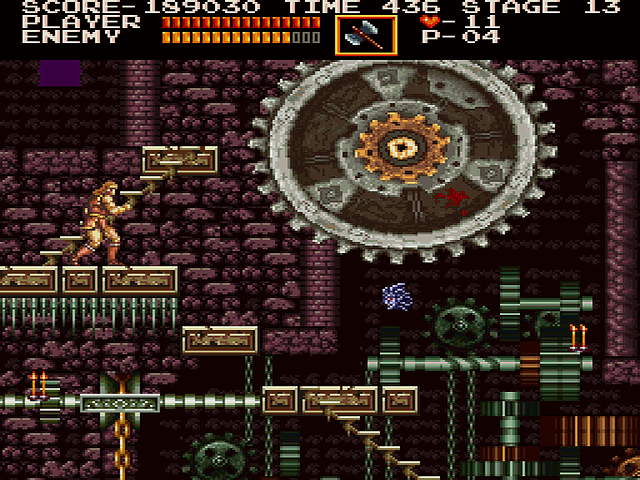
Akumajō Dracula is a remake of the original Castlevania that was released in Japan for the Sharp X68000. A subsequent PlayStation version – released as Castlevania Chronicles – played around with the art direction somewhat, but it was still very much fueled by nostalgia. Castlevania was one of the best games of its era, but the remake was a lot more refined. In addition to the new coat of paint, the play mechanics were also improved. The controls felt more responsive, and the ability to whip diagonally was a godsend. Chronicles wasn’t the first Castelvania remake, nor is it the most well known. From a narrative standpoint, Super Castlevania IV can also be considered a remake of the original game. Super Castlevania IV might be the superior game overall, but Chronicles is much more effective as a remake. The level structure and play mechanics in Chronicles seem outdated compared to what we saw in IV, but the game feels much closer to the classic NES game as a result. Many of the stages share the same layout, and certain levels feel as though they were ripped right out of the original. It’s not as though Chronicles doesn’t do anything new, however. The game boasts new levels, new music, and new visuals, but these additions are accompanied by an overwhelming sense of familiarity.
9
Dragon Quest III
1996
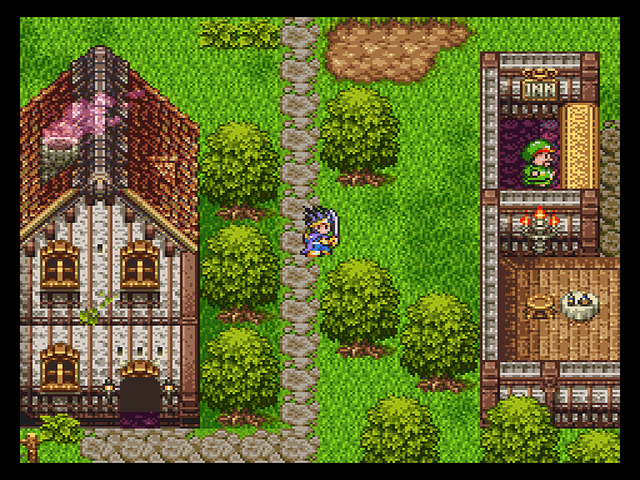
Dragon Quest III was something of a phenomenon when it was released for the Famicom in 1988. It sold nearly four million copies in Japan alone and still stands as the most successful game in the series. The game greatly expanded upon its predecessors by introducing a “class system” which allowed characters to learn a myriad of unique skills and abilities. The Super Famicom remake featured updated graphics and game mechanics that improved upon the original in several ways. Backdrops were added to the combat scenes, monsters were given animations, and the menu screens were easier to navigate. The remake also introduced a “personality system” to determine which stats would increase during the level-up process. New mini-games, new classes, and a new dungeon were all added to the game. Even though it was never released in the west, the Super Famicom remake of Dragon Quest III was highly successful. The remake is generally considered to be the definitive version of the game, and it was even used as the foundation for a subsequent Game Boy Color remake in 2000. The success of Dragon Quest III was significant because it set the stage for pretty much every other game in the series being remade in later generations.
8
Tomb Raider Anniversary
2007
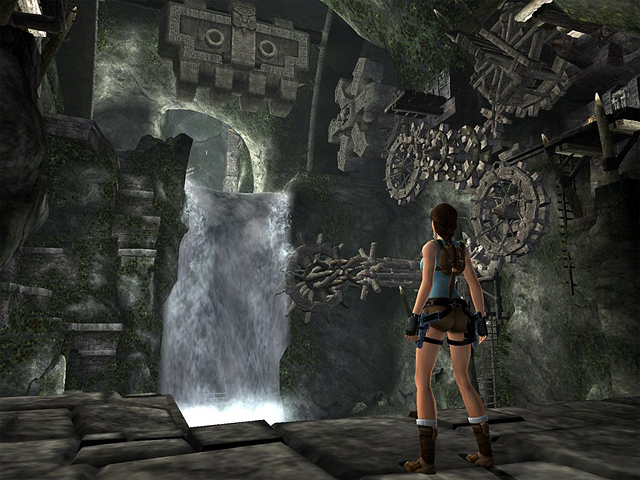
As ambitious as Tomb Raider was when it was first released in 1996, it was also outdated in certain ways. Specifically, the grid-based movement felt unresponsive and the digital controls could be extremely frustrating at times. Thankfully, Tomb Raider Anniversary kept everything that was great about the original, and updated the areas that were somewhat lacking. The inspired level design and overall atmosphere of the original were retained, but visuals and game mechanics underwent drastic improvements. The original was one of gaming’s first 3D classics, but it’s a hard game to go back to. Anniversary is infinitely more playable than the original and effectively brought an aging classic up to date. Tomb Raider: Anniversary gave a new generation of gamers a chance to experience a true classic without having to look through a pair of rose-tinted glasses. Tomb Raider has been mismanaged over the years, but games like Tomb Raider Anniversary remind us why the franchise was so beloved in the first place.
7
Pokémon HeartGold and SoulSilver
2009
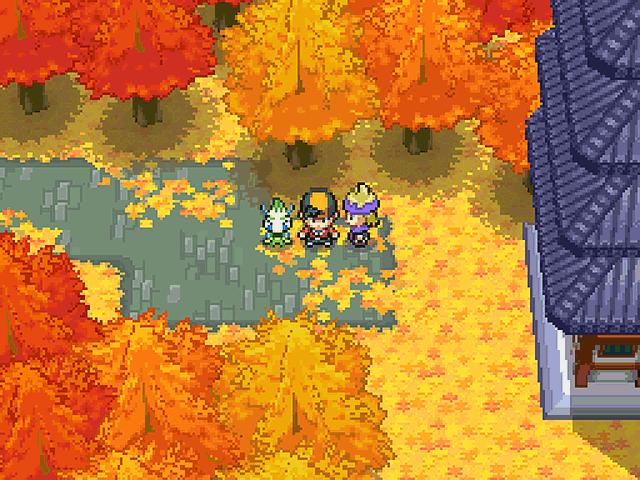
Pokémon is one of the most powerful franchises in gaming, but it’s fair to say that the Gold and Silver versions represented the biggest step forward for the series. They marked the introduction of many elements that would become standard in subsequent entries, and they are still held in high regard among Pokémon fans as a result. HeartGold and SoulSilver are basically updated versions that follow the same story progression. A number of significant enhancements were made to the games in response to what fans would expect from a DS Pokémon, however. Beyond the improved visuals and refined battles, HeartGold and SoulSilver let players trade, battle, and interact with other players via Wi-Fi. The game also included a number of new mini-games and took a page out of Pokémon Yellow‘s playbook by allowing Pokémon to physically follow behind the player. HeartGold and SoulSilver kept everything that made the old-school versions so fun, and the new features only served to enhance the original experience.
6
Double Dragon Neon
2012
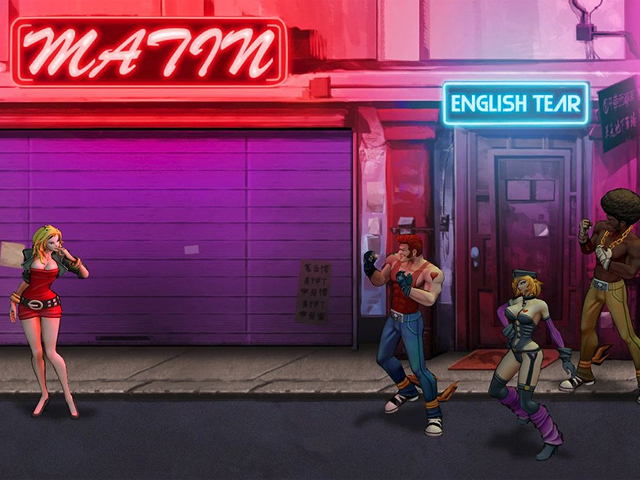
Double Dragon Neon wasn’t even on my radar when it was first released. I thought it looked like a low budget mobile game, and the middling reviews it received didn’t inspire confidence. Only after playing it did I see it for what it really was. Double Dragon Neon is WayForward’s tribute to the classic 1987 arcade game and a love letter to the ’80s as a whole. (If you enjoyed Far Cry 3: Blood Dragon or Kung Fury, then you’ll likely appreciate the ridiculous dialogue and over-the-top sense of humor of Double Dragon Neon.) The “beat ’em up” genre has been running on fumes since the 16-bit era, but Double Dragon Neon reminds me of why the genre was so popular in the first place. The original Double Dragon was one of the most significant co-op games of all time, and Neon builds on the spirit of cooperation with the introduction of a new “high five” technique that allows players to share life meters. The ability to run makes the game faster than the original, the ability to evade attacks makes the combat feel less repetitive, and a myriad of new special attacks and perks keep the game exciting. Punching magical skeletons in the face has never been so much fun! Even if beat ’em ups aren’t your thing, you should at least check out the amazing soundtrack.
5
Bionic Commando: Rearmed
2008
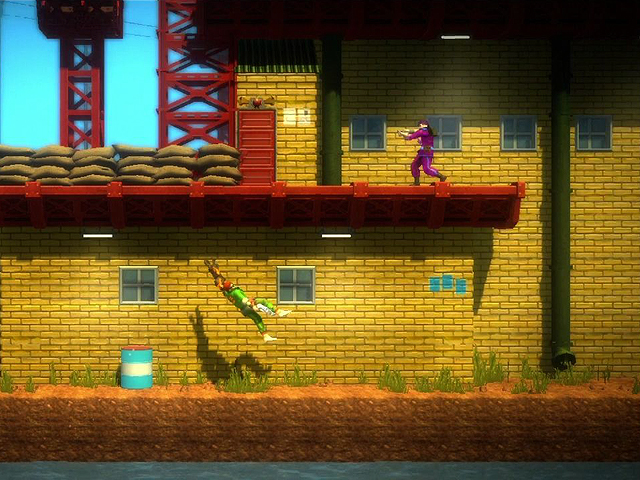
Even though Bionic Commando is regarded as one of the greatest NES games of all time, many were skeptical when Capcom decided to remake the game 20 years later. The skepticism was completely unfounded, however, and the remake was a brilliant homage to the NES classic. Certain areas from the remake were directly influenced by the NES original, while others were created from scratch. Capcom was determined to stay as faithful to the source material as possible, however. They even went so far as to bring on former Capcom employees who had worked on the original NES version to act as consultants. As a result, even the aspects of the game that were updated felt like a tribute to the original. For example, despite boasting visuals that were vastly superior to what the NES was capable of, the game uses color pallets that are similar to the original. In addition to the enhanced graphics, other aspects of the game were improved to make the game more playable. For instance, the trademark bionic arm could still be used to swing from one platform to the next, but it could also be used to grab enemies, throw barrels, and deflect missiles. Bionic Commando: Rearmed was a complete success and is even more playable than the NES game. With its variety of multi-player modes, Rearmed even captures the one aspect of the original arcade game that was missing from the NES version.
4
Super Mario RPG
2023
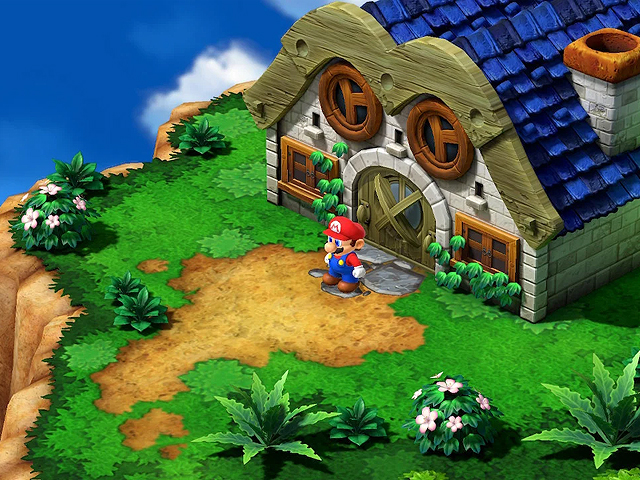
Released in 1996 for the Super Nintendo, Super Mario RPG was a collaboration between Nintendo and Squaresoft. It was a perfect marriage of the Mario universe and the RPG genre, and it succeeded on all fronts. The writing was hilarious, the gameplay was varied, and the timed attacks added a layer of depth to the turn-based combat. Surprisingly, the newly introduced characters were just as endearing as the familiar Nintendo cast members were. The game was constantly introducing new mini-games and gameplay scenarios, and there weren’t many games in the genre that offered more variety. In the years that followed, Mario’s role-playing ventures continued in the Paper Mario and Mario & Luigi franchises, but a direct follow-up to Super Mario RPG would have been a logistical nightmare due to the collaborative nature of the project. That’s why everyone was caught off guard when Nintendo revealed the Super Mario RPG remake in 2023. The Switch remake features a number of quality-of-life improvements (with regards to inventory management, fast-travel, and the like), but it was obviously developed with an “if it’s not broke, don’t fix it” mentality. Although it was built from the ground up with entirely new assets, it’s so faithful to the original that it almost feels like a simple remaster. The new graphics closely resemble the pre-rendered look of the original despite everything being made out of polygons, and the new CG cutscenes help punctuate some of the game’s most memorable moments. ArtePiazza deserves tremendous credit for capturing the spirit of the original game, and the adventure aged like a fine wine. It’s not the most daring or ambitious remake on this list, but I’d love to see more classic games to be made in this manner. I can’t help but wonder how amazing the Donkey Kong Country trilogy would look if it was given a similar treatment.
3
Resident Evil
2002
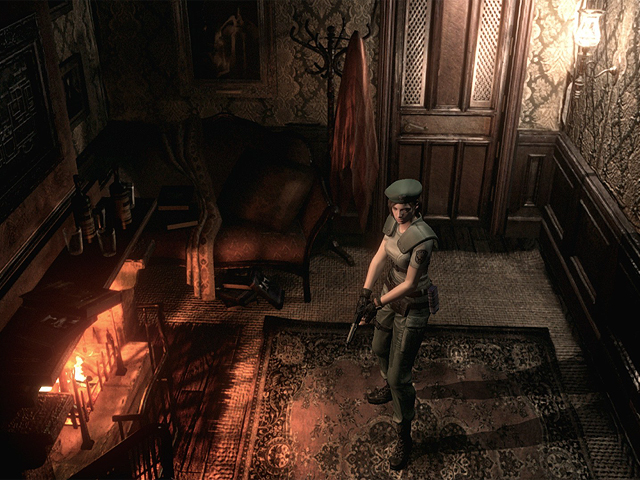
One of the first killer apps for the GameCube was a remake of a six year old PlayStation game. The inventory system was still clunky and the control scheme was archaic, but other areas of the game were improved significantly. The visuals were some of the best of the era, with photo-realistic backdrops and vastly improved character animations. Capcom also incorporated gameplay elements from later installments in the series (such as the 180° turn) and introduced a new running style. In addition, the script was also re-written to sound a little bit less like a B-movie. While the overall plot was largely unchanged, several subplots were introduced and characters from subsequent Resident Evil games were spliced into the story. The remake contains new puzzles to solve, new enemies to destroy, and new areas to explore. It’s almost unfair to label the game as a remake, given that nearly 70% of the game’s content was different from the original. In any case, there is little doubt that the remake is now considered the definitive version of Resident Evil. Other Resident Evil remakes were considered for this list as well, but I decided to stick to the “one entry per franchise” rule to prevent this countdown from becoming too repetitive. The original Resident Evil replaced its progenitor in ways that the subsequent remakes haven’t, so it’s still an sensible choice to represent the series on this list.
2
Metroid: Zero Mission
2004
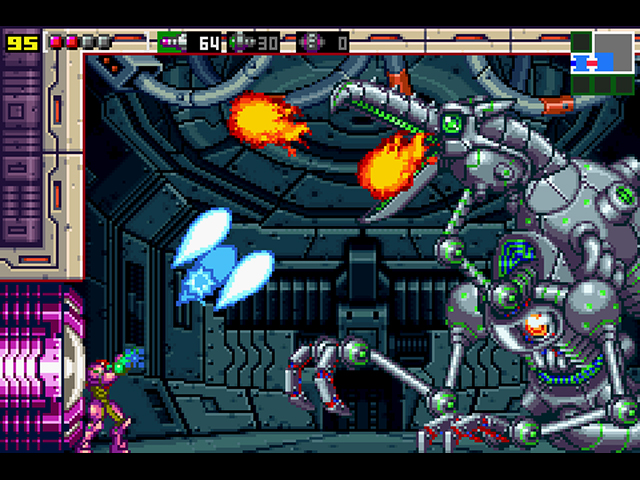
Released in 2004 for the Game Boy Advance, Metroid: Zero Mission almost makes the original NES version feel completely irrelevant. In addition to the obvious enhancements to its graphics, sound, and controls, the game’s overall design was improved drastically. The remake addressed the biggest complaint of the original and was generally a lot less vague in its design. Remarkably, Nintendo was able to overhaul the game without changing what made the original so special in the first place. Zero Mission keeps the emphasis on exploration, and players are still given a surprising amount of freedom with respect to the areas they can explore at any given time. One of the most memorable sections in Zero Mission involves an extended sequence in which Samus is forced to fight without her powersuit. This was an obvious throwback to the “Justin Bailey” code from the original that allowed you to play as Samus without her armor. By including new areas that weren’t found in the original, Zero Mission went the extra mile to created a bridge with Super Metroid. Zero Mission is everything you’d want a remake to be, and so much more.
1
Donkey Kong
1994
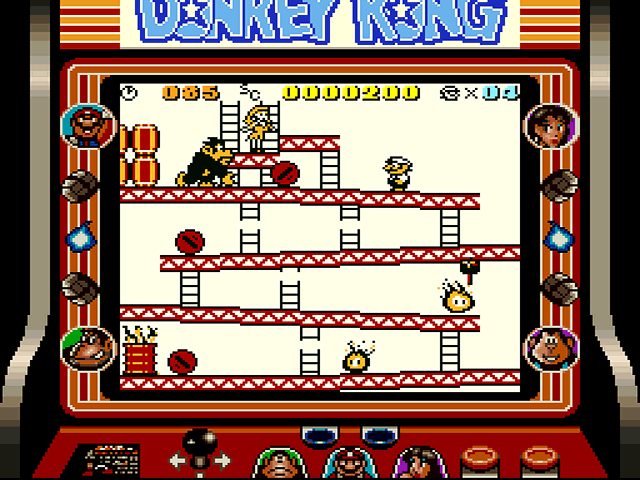
By 1994, the original Donkey Kong was little more than a footnote in history. After the 1981 arcade smash hit helped put Nintendo on the map, its primary protagonist subsequently branched off into the Super Mario Bros. series while the titular character was eventually given a next-gen makeover in Donkey Kong Country. It would always have its place in history, but the classic arcade gameplay of the original Donkey Kong was nearly forgotten altogether. Thankfully, Nintendo saw fit to take a whole new generation to the old school with a bold re-imagining of Donkey Kong for the Game Boy. Like the original, the goal in each stage was to help Mario safely navigate past various obstacles in order to save his girlfriend from the infamous ape. All four of the arcade’s original stages were included, but Nintendo didn’t stop there. In fact, they added another 97 stages for a wonderful total of 101! In addition to the usual conveyor belts, elevators, and falling barrels to contend with, Mario now had to position ladders, create bridges, and throw objects in order to reach his goal. Nintendo also gave Mario several new moves to help him on his way – including handsprings, back flips, and the ability to use tight wires to fling himself into the air. Nintendo took a relatively simplistic arcade classic and turned it into a surprisingly deep strategy game.

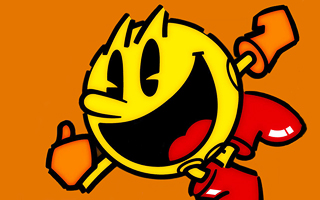
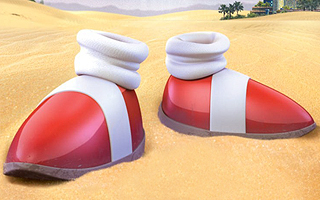
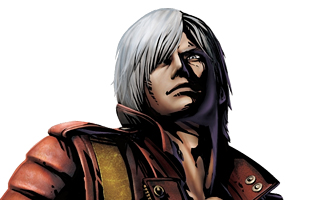
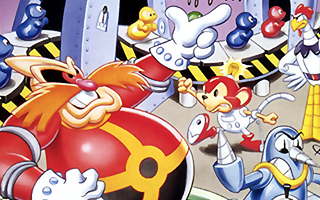
Do you agree with this list? Let us know what you think by leaving a comment below. Your opinion matters!